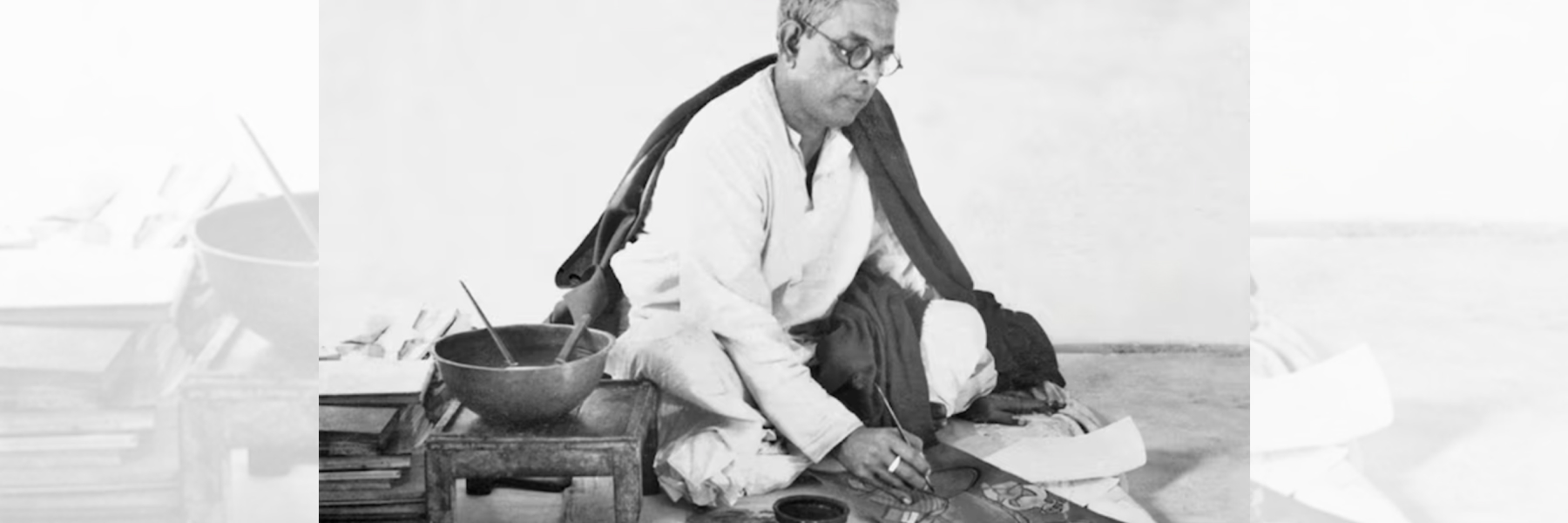
Behind the Canvas: 13 Unknown Facts About Artist Jamini Roy
Jamini Roy (1887-1972) is a widely beloved artist and a pivotal figure in Indian art. But before he achieved such fame, his extraordinary journey began as a boy in West Bengal, sketching animals on the ground and admiring the traditional crafts around him. His roots in village life shaped his art and philosophy, leading him to challenge colonial influence in art and ultimately create a new style of painting that was both modern and proudly Indian. There are many stories behind this legend, and here are just a few interesting and lesser-known facts about Jamini Roy.
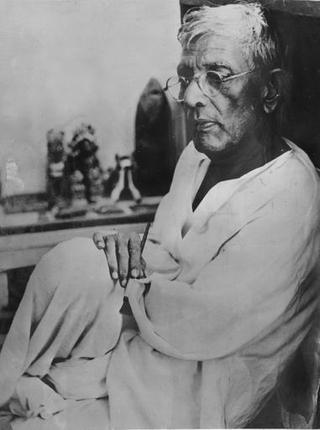
What was the early childhood of Jamini Roy like, and how did his upbringing influence his artistic journey?
Before Jamini was born, his father resigned from a government job, and his parents moved to a village, where they embraced a simple lifestyle. The Bankura district of West Bengal where Jamini grew up is also renowned for its rich craft traditions, such as terracotta toys and figures, wood carving and traditional pats (scroll paintings). Growing up in such an artisanal culture left a lasting impression on the artist.
Was Jamini interested in art as a child?
Yes, from an early age Jamini enjoyed drawing with whatever materials he could find—he often drew animals on the ground with his nails, filling in their outlines with pebbles. He also submitted a painting called Samaj (Society) to a district exhibition in Bankura, and the praise he received gave him the confidence to pursue art later in life.
Where did Jamini receive his formal art education?
At the age of 16, Jamini left his home and moved to Kolkata, where he enrolled at the Government School of Art. The principal was so impressed by Jamini’s talent that he waived the admissions test and allowed him to take whichever classes he liked.
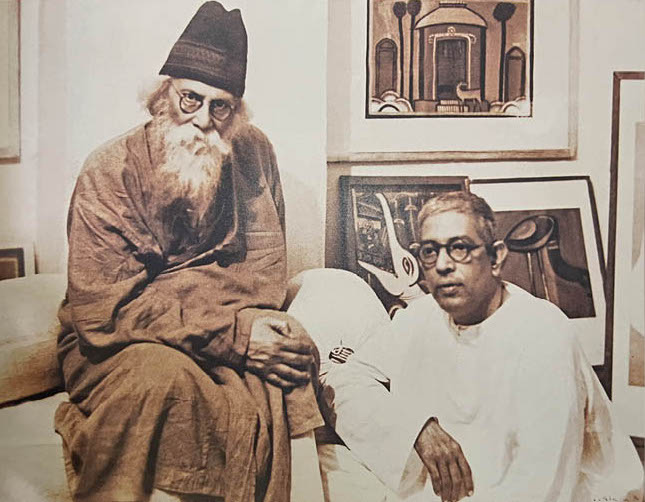
What was Jamini’s early career like?
Jamini trained in the Western academic style, which emphasized realism, and by the early 1920s, he had built a lucrative career as a portraitist. In fact, he was so popular that he was invited by Abanindranath Tagore himself to paint a new portrait of the late Debendranath Tagore (the father of Rabindranath Tagore), based on an existing canvas.
When did Jamini transition from academic painting to folk-inspired art?
Although he had achieved financial success as a portraitist, Jamini remained unsatisfied. He wanted to create art that expressed his unique heritage, specifically drawing on Bengali culture rather than traditional Indian art in general. So, in the mid-1920s, he traveled to villages across West Bengal and collected pats from local patuas, reconnecting with his roots. These folk artists helped inspire Jamini’s shift to the simple, proudly Bengali painting style that made him famous.
Why did Jamini Roy reject Western artistic techniques?
Jamini rejected the prevailing style of European painting to resist colonization and reclaim his culture. Through his new style of art, he also hoped to reconnect urban Indians with folk traditions.
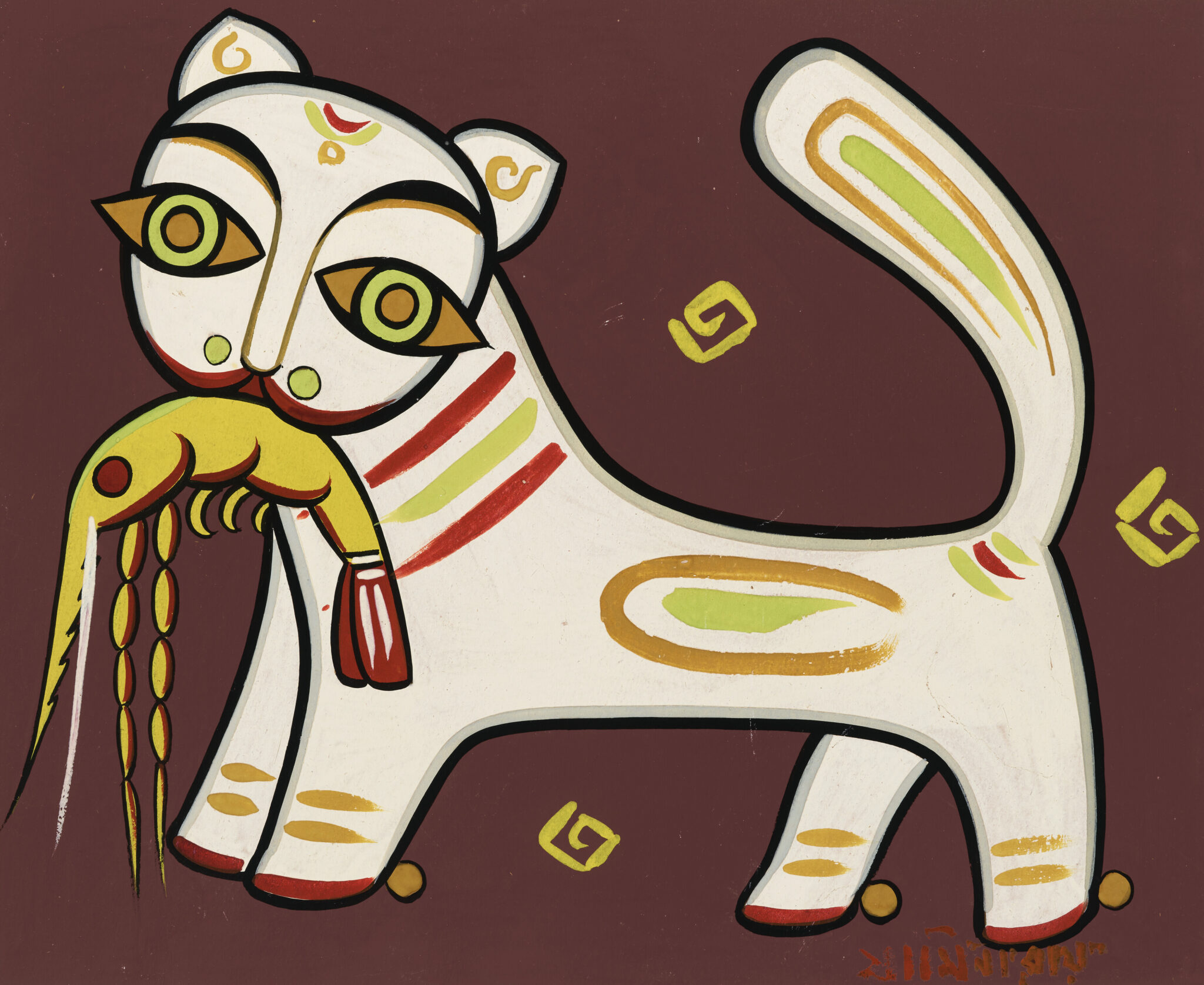
What materials and techniques did Jamini use in his paintings?
He honored the traditional techniques developed by patuas, including preparing pigments from indigenous materials instead of using readymade paints. He also used accessible materials for his backings, such as three-ply wood, handmade cardboard, poster paper and homespun cloth. Notably, he worked with a very limited color palette: red, green, yellow, blue, white and black.
What is the significance of Kalighat paintings in Jamini Roy’s work?
Around the temple of Kalighat in Kolkata, Bengali artisans produced a particular style of souvenir pats for tourists. These urban pats echoed the folk elements of their rural counterparts but relied on repeated scenes and simplified figures. Jamini was highly influenced by these Kalighat pats and the techniques that made them affordable. In fact, he sometimes called himself a patua.
What kind of environment did Jamini create in his studio?
Jamini often worked as a team with his son, Amiya, who filled in the colors of Jamini’s outlines for basic subjects and compositions. This collaborative process can be found throughout art history, from Mughal painting studios to the guilds of European Masters.
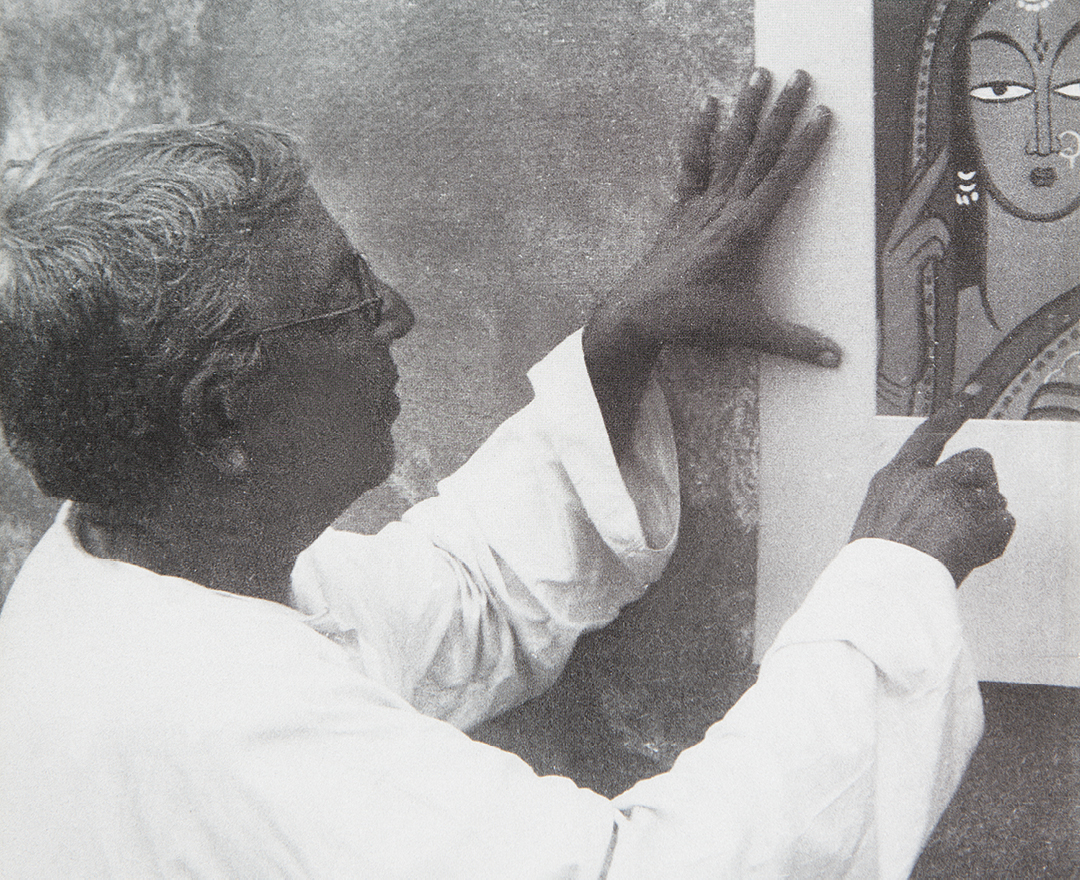
What did Jamini think about fame and commercial success?
Jamini was dedicated to simplicity not only in his art but in his daily life. He dressed simply, wearing borderless dhotis and taltala slippers. His home was similarly minimal, with his own paintings hung on the walls.
Did he face any personal struggles or setbacks in life?
When he attended the Government School of Art in Kolkata, Jamini did not have the support of his father, so he took odd jobs as a student. Then, in the 1920s, he gave up his established career as a portraitist in search of a more meaningful and representative painting practice. He struggled financially during this time, but his wife never wavered in her support. Later in life, Jamini reflected, “Peace is not good for an artist. Art is born of experience, of stress and strain, wrestling with problems, intellectual and physical.”
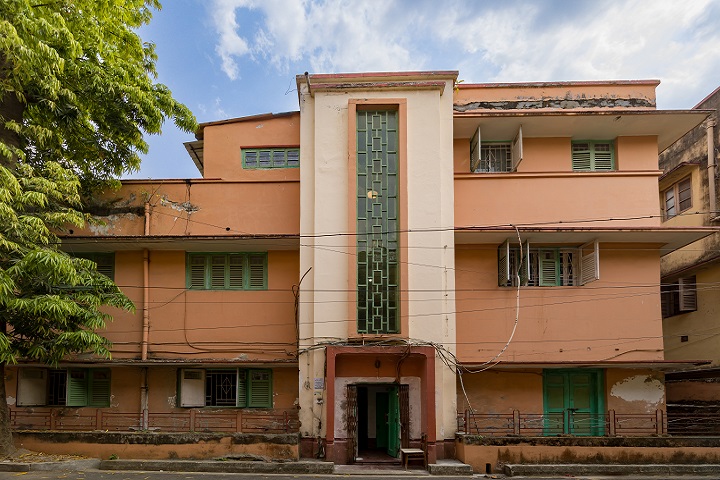
Where did Jamini spend his later years?
He lived in Kolkata for most of his life. In 1949, he moved into a new house on Ballygunge Place, which he had designed himself to combine his home, studio and gallery under one roof. Soon, this historic building will be the Jamini Roy Museum.
When did he pass away, and what was his legacy?
Jamini Roy passed away on April 24, 1972. He brought Bengali folk art into the mainstream and ushered in a new modernist movement. Today, he is celebrated as one of the greatest legends of Indian art and recognized as one of the nine Navaratnas (National Treasure Artists).
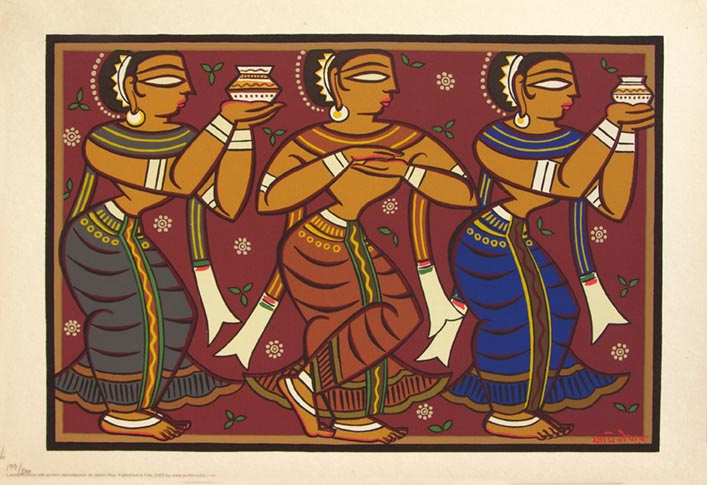
Jamini Roy truly changed the course of Indian art, and I hope you learned something new about his life and significance through these fascinating facts! To read more about the artist, please visit https://laasyaart.com/jamini-roy. To inquire about original paintings by Jamini Roy, please reach out at info@laasyaart.com or +1 650-770-9088.
Many thanks to Anuradha Ghosh and her book Jamini Roy: A Painter Who Revisited the Roots, published in 2022 by Niyogi Books. This book is a fantastic source to learn more about Jamini’s life and enduring influence on Indian art, and we enjoyed reading this in-depth biography.
— Sonia Patwardhan

Leave a Reply
You must be logged in to post a comment.